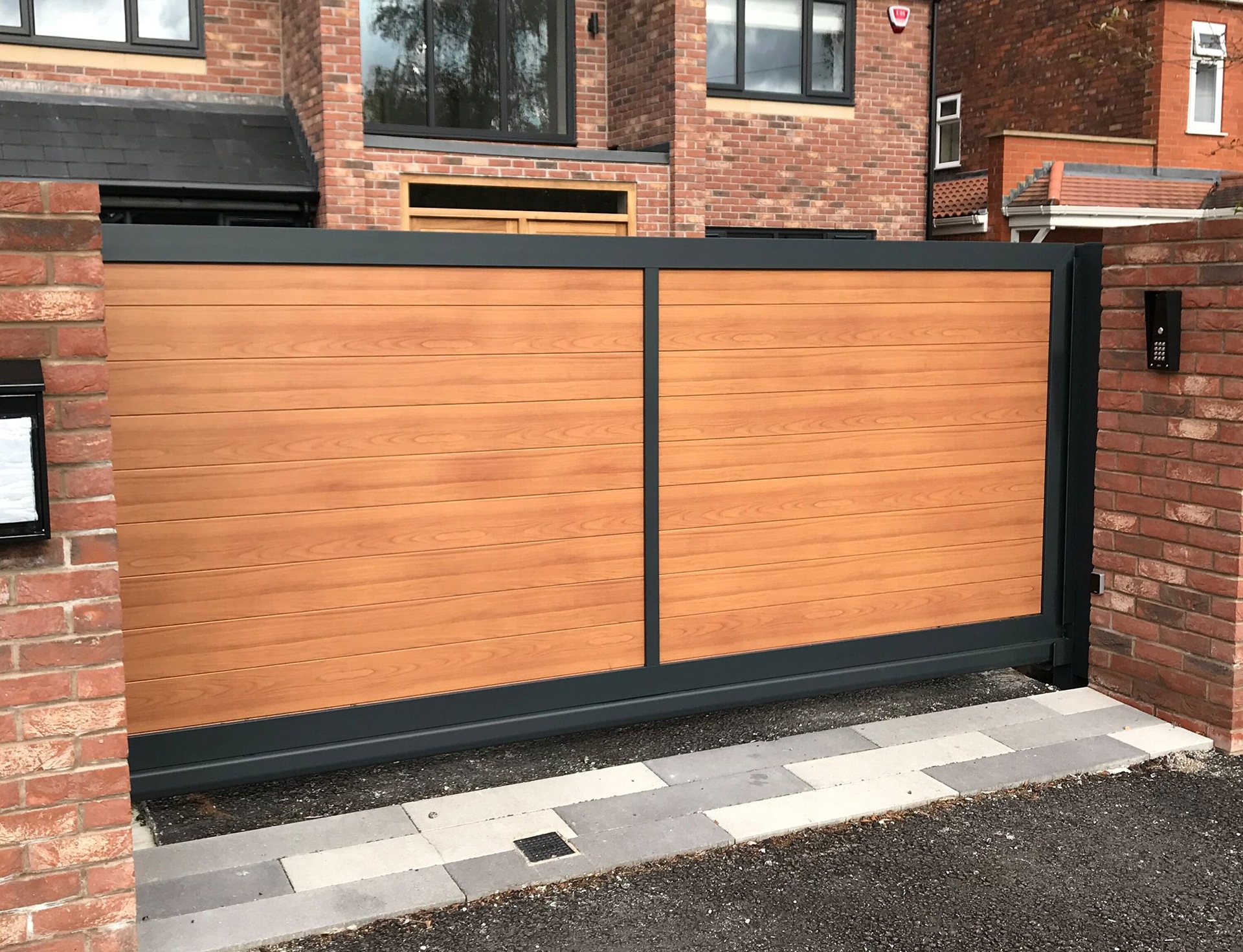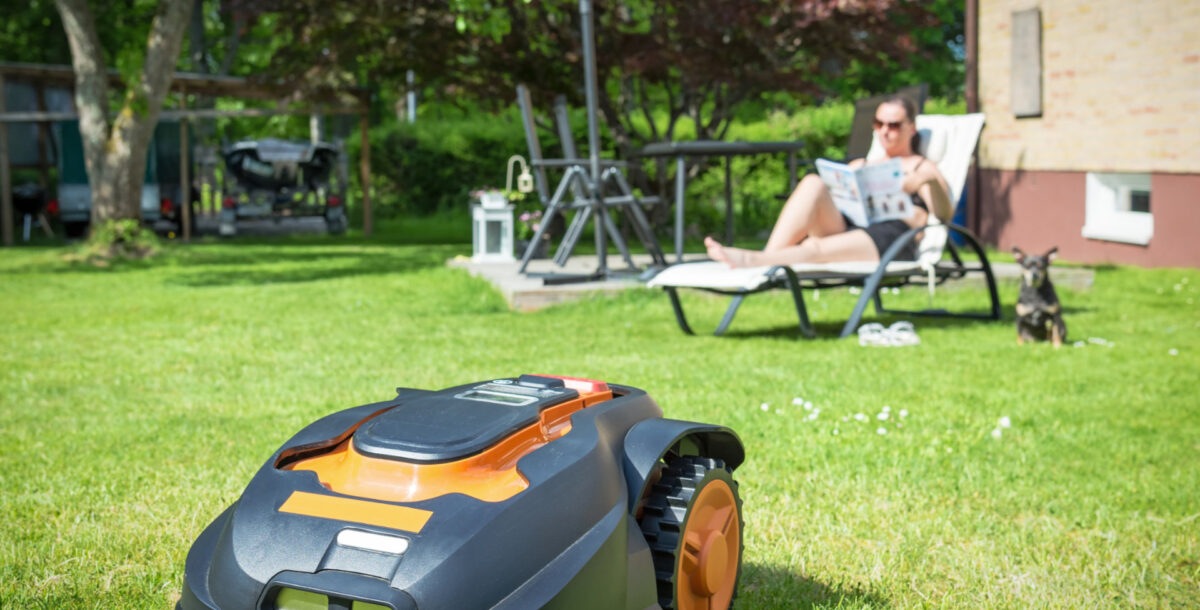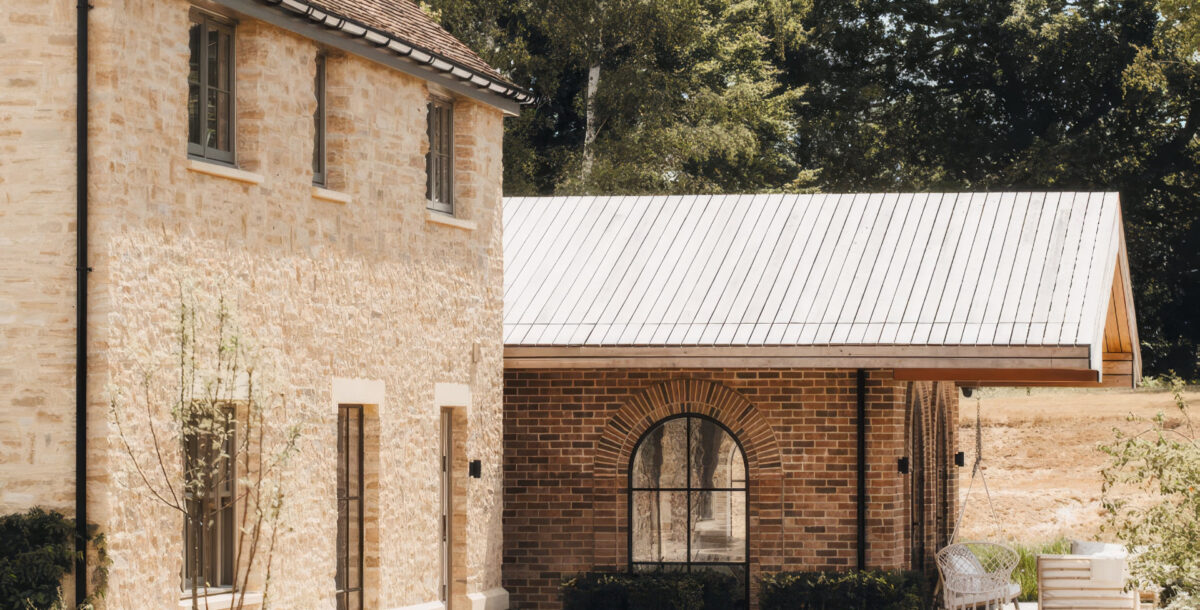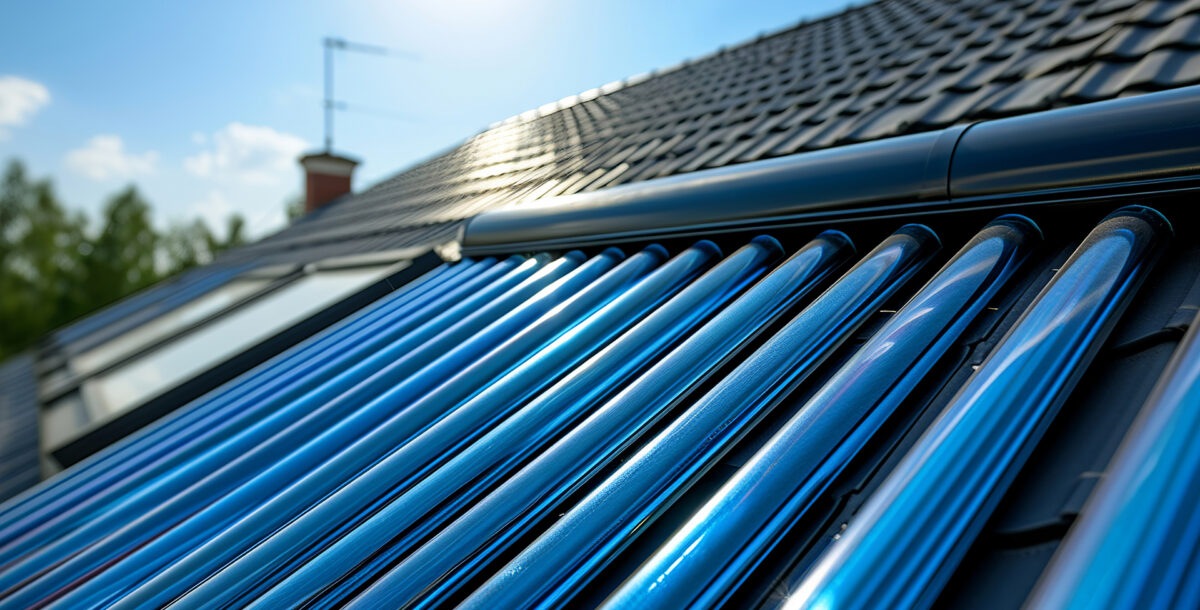Ultimate guide to automatic gates
If you’re thinking about buying electric gates to enhance the security of your property, we’ve got you covered. Here are all the angles you need to consider
If you can’t resist the thought of being able to press a button in the comfort of your car on dark, rainy evenings then sitting back and watching your gates slide open, here are the things you need to think about when choosing electric gates.
Swing or slide?
John Davis, of Springfield Steel Buildings, says, “The first thing you need to do is decide what kind of gate you need. Electric gates come in three main types: swing gates, sliding gates and barrier arms. Swing gates open in or out, sliding gates roll along a track, and barrier arms lift vertically. Each type of gate has different installation and space requirements.”
The folks at The Expert Gate Company point out that the “decision whether to install a swing or a slide gate will ultimately come down to the layout of your driveway and the space available. Sliding gates require less room to operate – as long as you have horizontal space – whereas swing gates take up a lot of room. So bear your car storage in mind.”
Other factors to keep in mind are whether there is a slope on your driveway, and its exposure to wind, because swing gates can be affected adversely by strong winds and are not always compatible with steep slopes. You really need a flat space that covers the whole area of the gate’s opening. Other electric-gate options that are available include bi-fold gates and telescopic barriers.
What size?
Davis says, “It is also important to consider the size of gate you need. Measure the opening where the gate will be installed. The gate size needs to match closely to the opening to maximise security. Consider future needs as well, as it is possible that larger vehicles may need access at some point.”
What style?
The Expert Gate Company reminds us that looks matter too: “Although they serve a very functional purpose, gates are instantly visible to outsiders and can create a lasting first impression – so don’t forget about looks. When choosing your gates, think about the style of your home’s exterior, your garden, the surrounding area, and the message you want to convey.”

Image credit: The Expert Gate Company
What material?
According to The Expert Gate Company, “Not only will the style of your driveway gate be largely influenced by the material it’s made from, but the material can also have a huge impact on the amount of privacy and security offered. Plus, different materials will require different levels of maintenance, so you need to consider this before installation. The most popular materials for gates are wood, metal, and composite materials, which all offer varying levels of sturdiness and security.”
Davis says, “In terms of materials, aluminium and steel gates are durable and low maintenance, and wood is attractive, but it can be higher maintenance in the long term. Iron is heavy and prone to rust, and PVC vinyl is lightweight but less secure.”
Hardwood will last longer than softwood, but it is more expensive. Timber of all types will likely need treating or painting regularly to keep rot at bay. Meanwhile, steel gates should be galvanised and powder-coated to keep rust at bay. Aluminium can be powder coated in a huge range of different colours.
From a security point of view, think about whether you want a solid gate that will screen your property from view. (On the flip side, remember that a gate and fence that offer you privacy would also let intruders who do manage to scale them operate unobserved too). Gate and fences need to be more than 1.8m high to make it hard for anyone to scale them. The gap at the bottom of the gate should be less than 10cm to prevent anyone from crawling underneath it.
Single or double gates?
The Expert Gate Company says, “Whether to choose a single gate or double gates also depends on the space you have available. Single gates only have one leaf attached to a pillar, whereas double gates feature two leaves that meet in the middle and are attached to pillars on either side.
“Single driveway gates have a smaller swinging radius, so take up less space on your driveway – perfect for saving space. While they may be cheaper, they can put more strain on the fence they are attached to.
“Double gates, on the other hand, have a more impressive appearance and can boost kerb appeal. They also put less strain on the fence, as the weight is evenly distributed. But, they can be more costly.”
What operating mechanism?
Swing gates are operated by rams or underground mechanisms. Rams are more powerful but potentially hazardous. They are easier to access for maintenance and repair. Underground operators can give you an appealing minimalist look. But because the mechanism is housed underground, maintenance and repair require more effort.
Davis advises, “Do some research into the best motors for electric gates and choose one rated for continuous use and that operates the size and weight of your gate. Gear-driven motors are quieter than chain/screw-driven ones, but make sure the motor has built-in safety features. Most gates run on AC power, but solar and battery-powered options are also available, especially useful if the electric supply is limited. Also, look for at least a one-year warranty on the gate and motor. Five years or more is preferable as with any electric items, problems can occur later.”

Image credit: Verus Construction
Safety features
Davis continues, “I recommend choosing a gate with safety edges, which reverses direction if an obstruction is detected. Photo beams and other sensors should also be installed to prevent the gate from closing on people or property. Faster gate opening speeds (say, under 15 seconds) are more convenient when you are waiting to enter or exit your property, but can pose safety risks. Slower speeds are much safer for vehicles and pedestrians.”
Gate Safe, a charity dedicated to promoting the safer installation and use of automatic gates says, “Before an automated gate is installed at your home, a full risk assessment should be undertaken by the installer, to identify all the potential risks associated with the gate… All automated gates should be installed with at least two different types of safety devices/features to protect gate-users from the risk of injury, or worse, as a result of becoming trapped by the gate.
“Gate Safe recommends the use of photocells (or light curtains/laser scanners) and pressure edges on all gates that are automated. However, the person who takes responsibility for installing these devices must possess the appropriate knowledge to understand where the devices should be sited to mitigate or eliminate the risk. The installer must also have a clear understanding of how to select the correct pressure edges to ensure that they are capable of effectively stopping and reversing the gate when an object/person is detected.”
You can find lots more useful information about how to install and operate electric gates safely on Gate Safe’s website. It has a leaflet for homeowners full of helpful advice about choosing and using electric gates.
How will it open?
There is a whole range of different ways to open electric gates, including push button, ground loop to detect a vehicle above it, radio remote control, keypad, card reader and automatic numberplate recognition (ANPR).
Each option offers a different level of security. Opening methods are categorised as either deadman – where the gate will only work when you are holding a control – or fully automatic, in which case it will open and close once a control has been activated.
Fixed controls need to be at least 1.5m away from the gate opening to stop anyone reaching in to activate it.

Image credit: The Expert Gate Company
Choosing an installer
It’s important to choose the right installer. They need to be a qualified electrician with previous experience of fitting gates; ideally someone who has done the Gate Safe training. Once your gate is installed, you should be given training in how to use it in automatic and manual modes, control cabinet and manual release keys, a maintenance logbook and list of the regular charcks and maintenance required.









